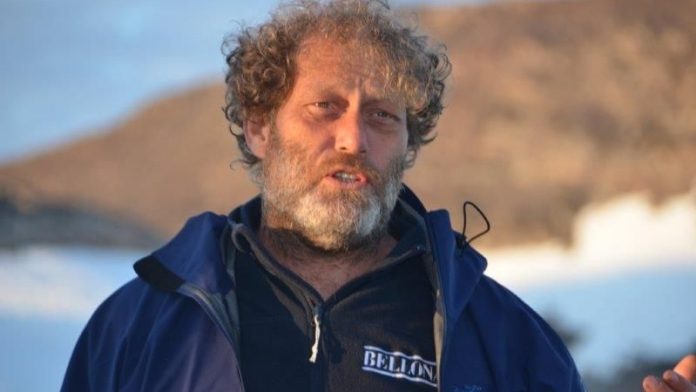While several leading environmental organizations oppose expansion in the aquaculture industry, and actively work against industrial fish farming, Norwegian environmental organisation Bellona chooses to cooperate with the industry.
“I cannot stand here as an environmentalist saying that we should not produce food. I think that would be quite silly,” says Bellona’s director, Frederic Hauge.
The Bellona boss is a pragmatist: “We will catch whales if there is a surplus of whales.”
Better resource efficiency
A result of this pragmatic approach is Bellona’s cooperation with the Leroy Seafood Group on algae production, in the company Ocean Forest. Here, waste from aquaculture farms is used to cultivate seaweed, algae and mussels. The gains are many, according to Hauge.
“We get a cleaner sea and much better resource efficiency. Pollution is primarily a local problem. We have a coast that runs many times around the Equator, so more then enough space and opportunities to do this,” Hauge emphasizes.

“The nutrients from salmon waste are valuable. Pollution is often a matter of resources in the wrong place. Question is: how can we benefit from this?”
“We must cultivate the ocean,” he continues. “We need more food, we need more energy and we need to bind carbon dioxide. For that we need knowledge. Seaweed and algae can be used for lots of purposes.”
Dead end
While several environmental organizations have advocated using biological waste on crops such as soy, maize and forest to make bioethanol, Hauge and Bellona believe this is a dead end.
“I have to take care not be too critical of other environmental organizations, but I really think this is the wrong direction. In my opinion utilization of biofuel for cars is the worst use you can think of. We provide subsidies for the least profitable use of biomass.”
Microalgae are dramatically better in this calculation than, for example, soya and corn.
“If we make fuel for all aviation in Europe of soy, we will need an area of the size of Western Europe. That is far too much. If we make it of algae, it can be done in an area the size of Belgium.”
Volume
Bellona and Leroy have been operating Ocean Forest for two years, considering how to commercialize it. Last year, the company produced 17 tons of seaweed and tare at the Leroy plant in Oygarden.
“That is a huge volume. This year we will produce even more. Leroy is an industrial company. If we can’t make money from this we will not bother,” admits Leroy Director and Ocean Forest chief Harald Sveier.
“If we made biofuel at all fish farms in Norway today, we would be able to cover 10 to 12 percent of the country’s present fuel needs,” estimates Hauge.
Waste
Besides algae and seaweed, Bellona also looks into other resources, like biofuel from sludge.
“We have partnered with the Norwegian company Blom on the development of biofuels from sludge. It’s a wonderful resource. We must provide development concessions to those who can develop the industry.”
Hauge is an ambitious man.
“I believe that by 2030 – 35 we will have created 10-15,000 jobs by moving from monoculture in the salmon industry, to production of several species. That’s about as many as those we’ve lost in the Norwegian oil industry,” he said.


